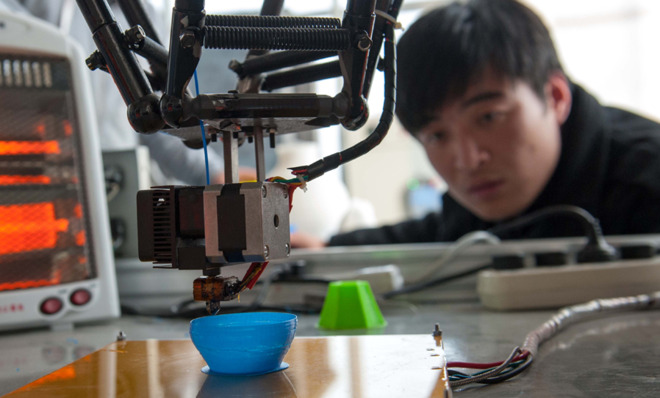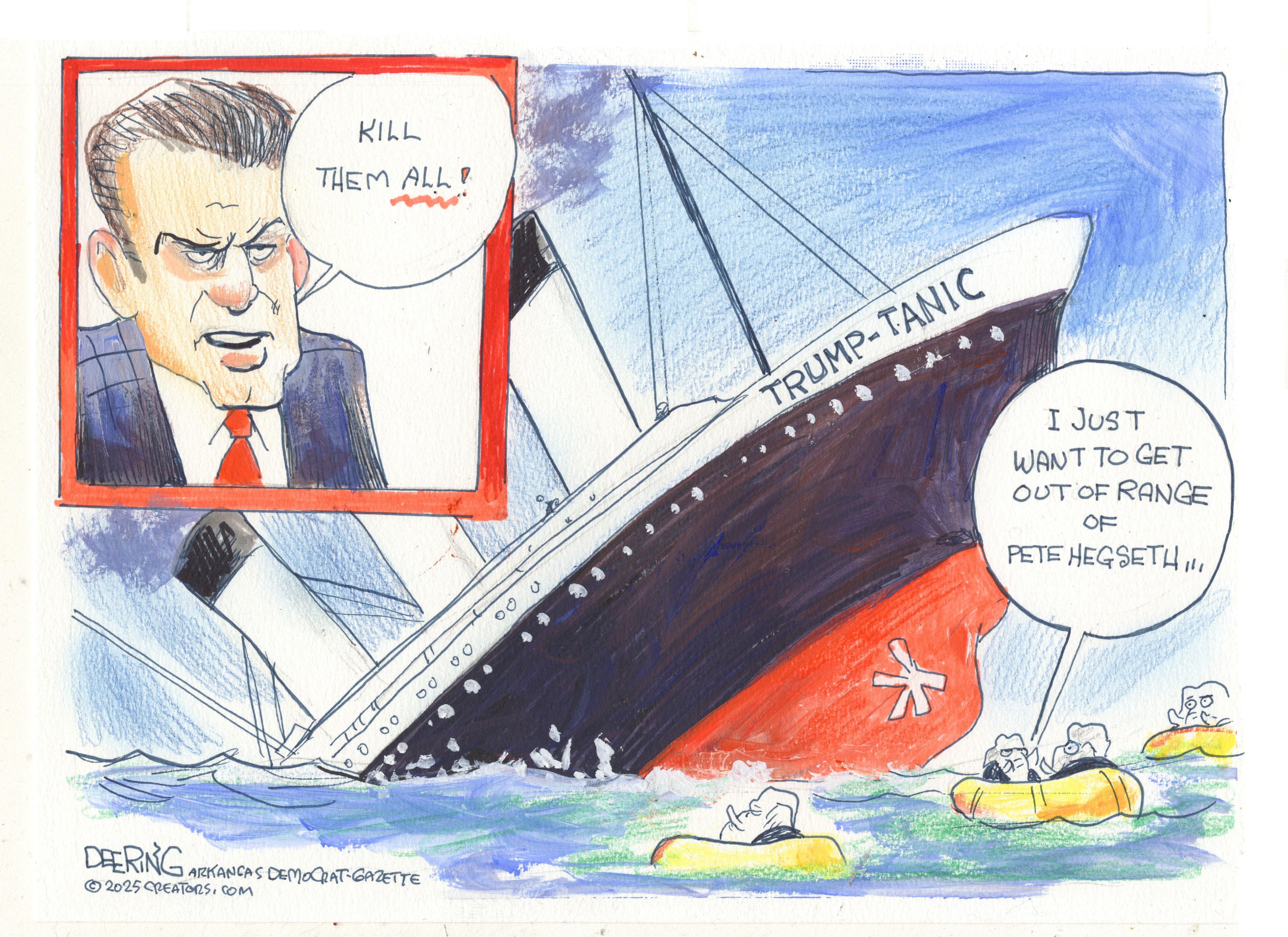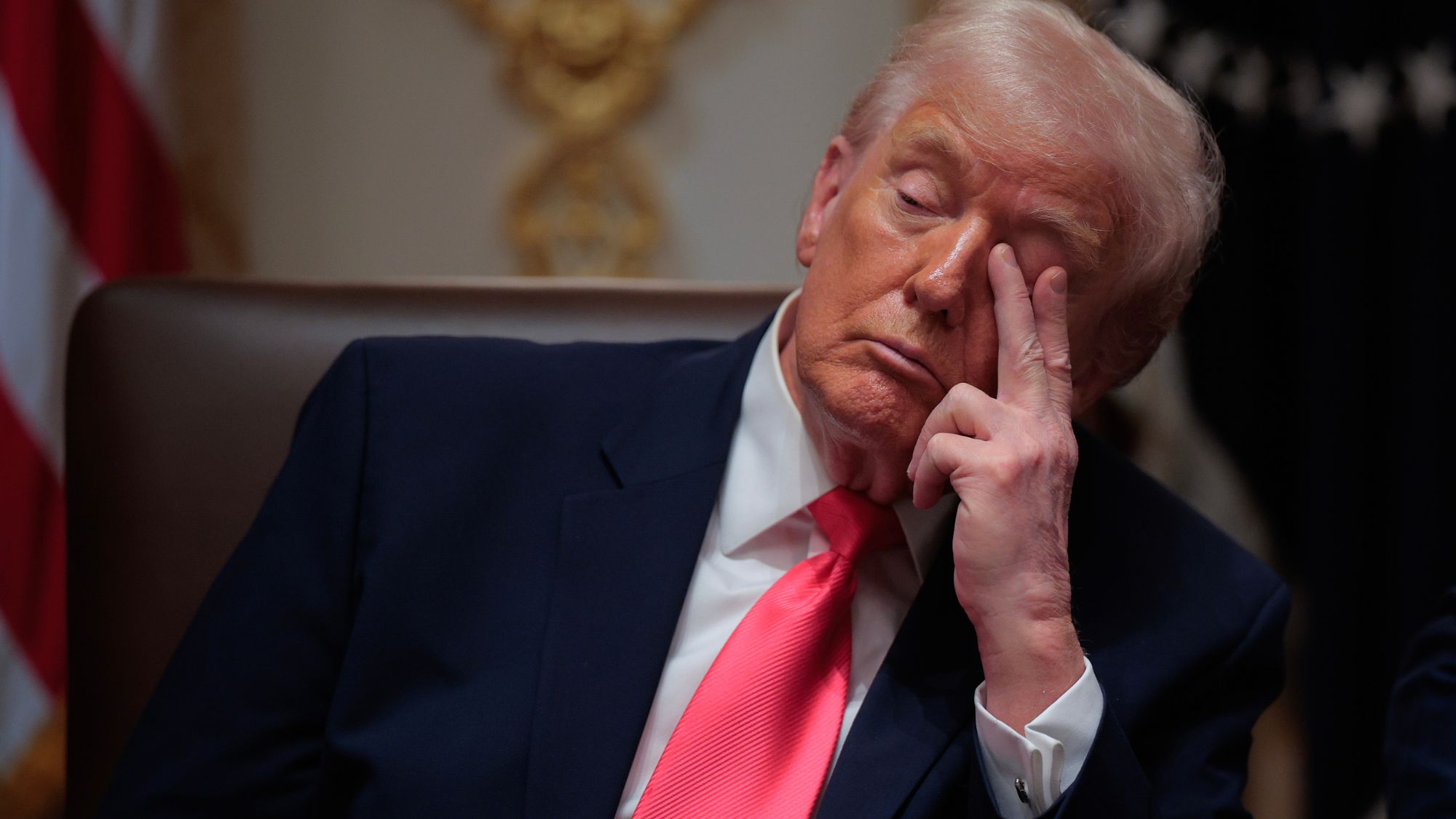Why China wants to lead the world in 3D printing
Already the world's largest manufacturer, China is now on track to become the leading 3D printing economy by 2016

One of the most talked-about possibilities of 3D printing — also known as additive manufacturing, a process through which objects are printed via a computer blueprint and basic chemicals — is that it may eventually allow American and European corporations to bring manufacturing back onshore from China.
Over the last 40 years, a huge chunk of manufacturing went to China and other less-developed nations because labor was cheaper there. With trade barriers falling worldwide and cheap oil allowing for goods and resources to be inexpensively transported, Western corporations found it most profitable to manufacture where the labor was cheapest, and just ship the goods to consumers in the West. China today is the world’s number one manufacturer, although the United States remains in second place.
But just because that's been the trend to date, doesn't mean changing variables can't weight the equation differently in the future.
The Week
Escape your echo chamber. Get the facts behind the news, plus analysis from multiple perspectives.

Sign up for The Week's Free Newsletters
From our morning news briefing to a weekly Good News Newsletter, get the best of The Week delivered directly to your inbox.
From our morning news briefing to a weekly Good News Newsletter, get the best of The Week delivered directly to your inbox.
In fact, we're starting to see the first tremors of major shifts in global trade. For instance, labor costs are rising in China now to the extent that it is no longer the country with the cheapest labor. But does that mean it will necessarily lose its dominance? Automation in manufacturing is increasing, so high labor costs may begin to matter much less for businesses deciding where to manufacture. And oil and thus transportation prices are also relatively expensive again, so distance to the consumer may start to matter more. Both trends seem to bode well for a resurgence in American manufacturing; we have already seen a number of American corporations, including Apple, moving some production back to the United States in part because of this.
But don’t expect China to let manufacturing go back to the West so easily.
Betting on automation, China is leveraging its pre-existing industrial strength into becoming the world's leading innovator in 3D printing, and is on track to become the largest 3D printing economy by 2016. It has already built the world’s largest 3D printer, a six-meter diameter beast big enough to print a car, as well as several other large scale industrial 3D printers capable of printing titanium alloy structures, including parts used in satellites, rockets, and nuclear power plants. So even if home-based 3D printing takes off in Western countries, China will fight to remain a world leader in manufacturing at the large-scale industrial level, whether that manufacturing is being done by humans or by robots.
This emphasizes that in the long run, Western countries cannot count on the manufacturing jobs that went overseas to ever come back, just as we can never expect the subsistence agriculture jobs that were replaced by manufacturing to return. Cheaper foreign labor can be replaced by robots, 3D printers, and other types of automation. That will offer little comfort to Western and American workers who have been displaced by foreign manufacturing, or young people coming into the labor force today who cannot find jobs — but it's the trend we're seeing nonetheless.
A free daily email with the biggest news stories of the day – and the best features from TheWeek.com
John Aziz is the economics and business correspondent at TheWeek.com. He is also an associate editor at Pieria.co.uk. Previously his work has appeared on Business Insider, Zero Hedge, and Noahpinion.
-
 In Suriname, the spectre of Dutch slave trade lingers
In Suriname, the spectre of Dutch slave trade lingersUnder the Radar Dutch royal family visit, the first to the South American former colony in nearly 50 years, spotlights role of the Netherlands in transatlantic trade
-
 Political cartoons for December 7
Political cartoons for December 7Cartoons Sunday’s political cartoons include the Trump-tanic, AI Santa, and the search for a moderate Republican
-
 Trump’s poll collapse: can he stop the slide?
Trump’s poll collapse: can he stop the slide?Talking Point President who promised to ease cost-of-living has found that US economic woes can’t be solved ‘via executive fiat’